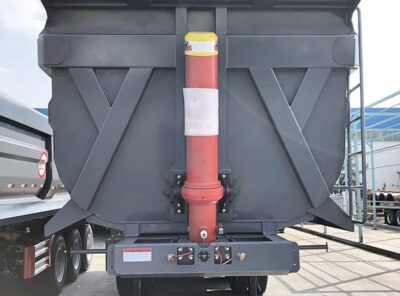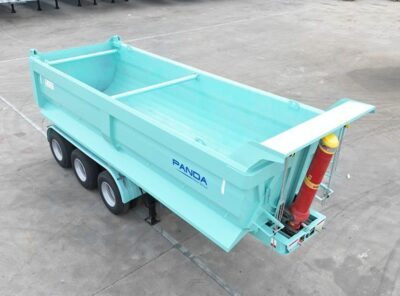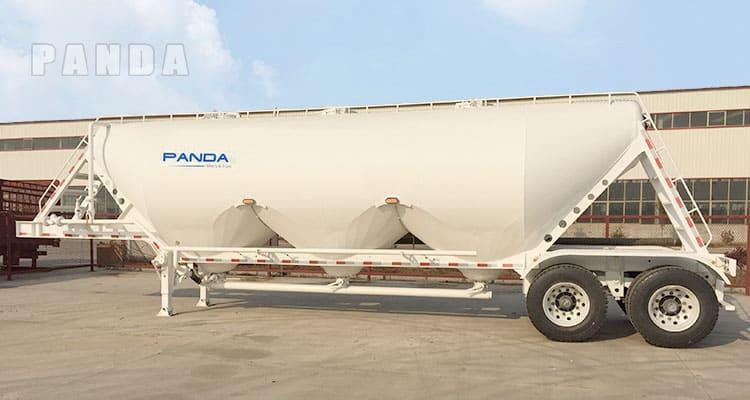Coal, no matter in any country, is one of the most important energy sources and plays an important role in the process of industrialization.

How is coal formed
Coal itself is a black substance, consisting mainly of carbon and hydrocarbons. It is burned to release the energy of coal. One of the important uses of coal is electricity generation.
The essence of coal is that plant remains are buried underground, isolated from the air for long periods of time, decomposing at a very slow rate while retaining most of the carbon (the energy source) in the decomposition.
How is coal mined
To understand how coal is developed, we need to know how it is generally buried.
Coal is generally buried in two ways, respectively open pit mining, and underground mining. Surface mining is defined as within 200 feet of the surface, and underground mining is generally defined as more than 200 feet above the surface.
They are mined in different ways. Open-pit mining is easier, while underground mining is more complicated and dangerous for coal miners.
Open pit mining:
Strip mining is the easiest form of mining, with the coal seam very close to the surface. Mining usually involves removing overburden, removing soil and rock with excavators, etc., then drilling, fracturing and systematically stripping with excavators, and finally transporting with the dump truck, semi tipper trailer or semi tipper trailer.

Strip mining can be used in both flat and hilly landscapes. Strip mining in a mountainous area is called contour mining. Contour mining follows the ridges, or contours, around a hill.
Open pit mining usually involves:
- Remove part or all of the buried coal seam to expose it.
- Dispose of excess material in nearby valleys.
General mining is divided into the following five steps:
- First, remove the rock layer and soil layer above and between the coal seam.
- After the coal seam is removed, there will be a lot of excess soil and rock, which will be put into the adjacent valley.
- Use large earthmoving equipment to start digging coal. Select different equipment according to the mining method and scale.
- As coal mining continues, it may need to be re-graded according to specific circumstances.
- After coal mining is completed, methods such as covering vegetation are usually used to reduce pollution.

What does strip mining do to the land?
Coal mining creates big holes in the ground, so when the coal is removed, we need to restore the mine. We need to make a plan and repair it gradually.
Underground mining
In underground mining, a proper pit is dug in the ground and then a tunnel is cut into the coal seam to allow transportation, ventilation, water treatment, and power facilities to be installed and work more efficiently.
Some underground mines can be thousands of feet deep, and tunnels are often given priority. Miners can take an elevator to the deep mine and start work.
The coal is mined underground, usually by large machinery, and then brought to the surface in small increments by transport vehicles. Every time you dig in the ground, you need to add support at every distance to prevent a collapse.

Room and pillar mining
When is this method used?
Room and pillar are usually used for flat-lying deposits.
How does it work?
In room-and-pillar mining, coal deposits are mined by cutting a network of ‘rooms’ into the coal seam and leaving behind’ pillars’ of coal too. Coal deposits are mined by cutting a network of ‘rooms’ into the coal seam and leaving behind’ pillars’ of coal to support the roof of the mine. These pillars can be up to 40% of the total coal in the seam – although this coal can sometimes be recovered at a later stage.

Longwall mining
When is this method used?
Longwall mining is used to mine a long wall of coal in a single slice.
How does it work?
Longwall mining involves the full extraction of coal from a section of the seam, or ‘face’ using mechanical shearers. The coal ‘face’ can vary in length from 100-350m. Self-advancing, or ‘face’ using mechanical shearers. The coal ‘face’ can vary in length from 100-350m.
Self-advancing, hydraulically-powered supports temporarily hold up the roof while coal is extracted. When the coal has been extracted from the area, the roof is allowed to collapse. Over 75% of the coal in the deposit can be extracted from panels of coal that can extend 3km through the coal seam.

Conclusion
Common coal mining methods for these two, usually we mining, will be based on their actual situation to choose. No matter what kind of mining method is used, we should not ignore the impact on the ecology after the completion of mining. We need to repair the environment by some means.
FAQ
What are the steps of coal formation?
Coal is formed in four stages: peat, brown coal, bituminous coal, and anthracite. If there is more pressure and heat in the place where the coal is buried, better anthracite will be produced.
Is coal a renewable energy source
No, coal is a non-renewable energy source. Similarly, fossil fuels, like coal, are non-renewable energy sources, as well as oil and natural gas. They all take hundreds of millions of years to produce.











